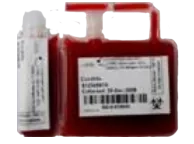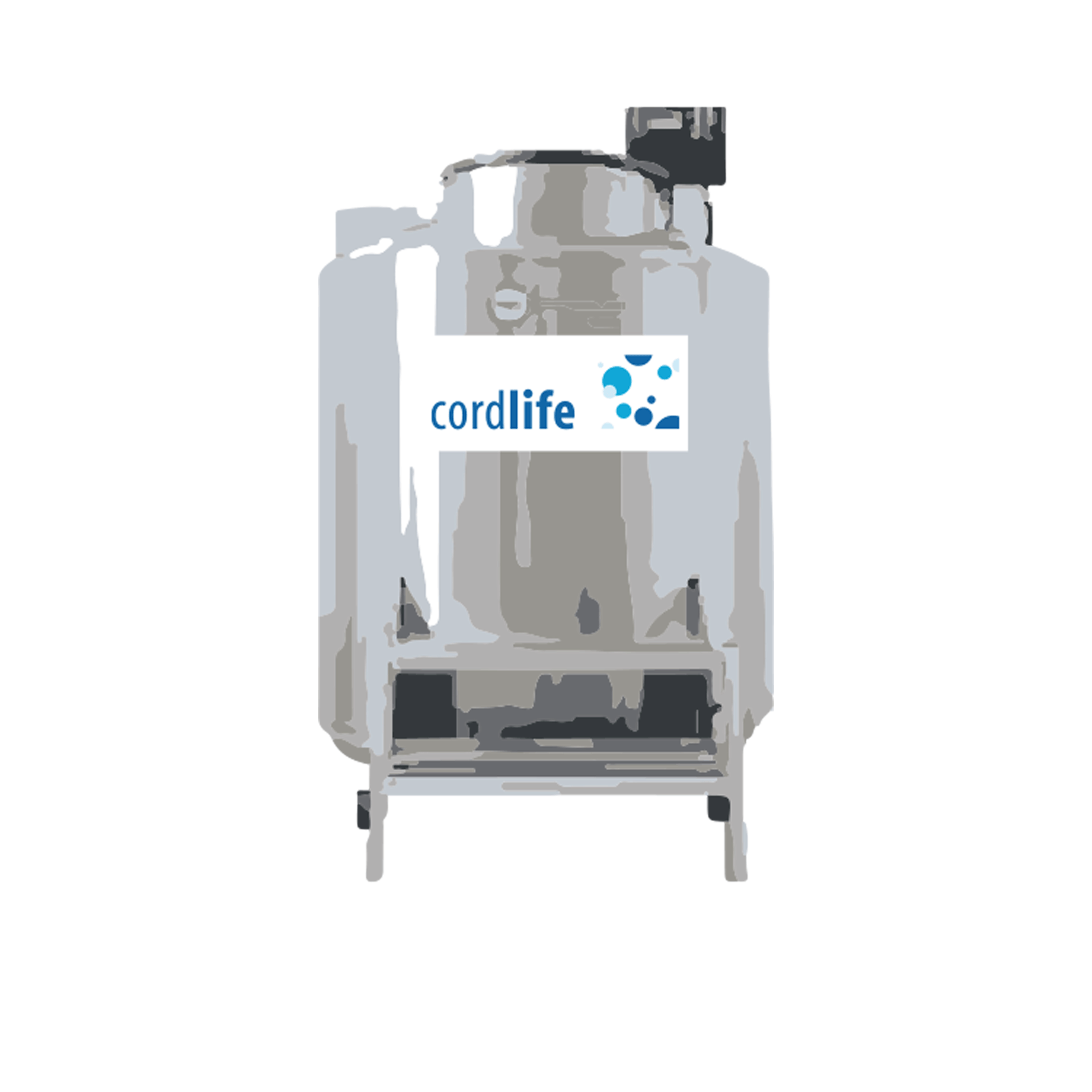Secure Storage Facility
At Cordlife, you can be sure that your baby’s cord blood will be cared for in accordance to world-class standards.
The Cordlife Philippines storage facility has passed stringent quality audits conducted by globally recognised organisations. With this quality system in place, the umbilical cord units stored with Cordlife Philippines will be readily accepted by any transplant physician around the world.
Philippines

- First and only cord blood bank registered with Department of Health, Philippines
- Located in UP-Ayalaland Technohub in Metro Manila
- DOH-registered, ISO 9001:2015 certified, AABB-accredited
- Built in accordance to American Association of Blood Banks (AABB) standards
- Operates 365 days a year
- Equipped with multiple backup systems to provide 24/7 uninterrupted power
- Building can resist major earthquake with magnitude up to 8
- Laboratory was built using fire retardant materials
Storing your baby's Cord Blood

Cordlife will store your baby's cord blood in a US FDA-approved cryogenic storage pouch made of a special material that is specifically designed to withstand cryogenic temperatures.
The pouch has two main segments (20% and 80%) that are attached integrally, and two test segments that are also integrally attached.
The integral segments allow for additional testing on the associated unit to ensure that no samples are mixed up and that the cord blood remains viable. These tests are typically performed prior to a transplant.
Having dual integrated segments addresses the possibility of future stem cell expansion. This means that when stem cell expansion is available commercially, you will be able to withdraw a portion of the stem cells for expansion while keeping the remainder in storage.
Storage of your baby’s Cord Blood
Your baby’s cord blood is stored in vacuum insulated cryogenic storage tanks which are designed to remain at optimal cryogenic temperature of below -150°C for cell storage over long periods.
Cordlife uses MVE Anti-contamination Vapour-phase Liquid Nitrogen Storage System for long-term stem cell cryopreservation.
Vapour-phase storage is preferred over liquid-phase storage as it eliminates the chance of cross contamination between cord blood units as compared with those stored in liquid nitrogen.
The MVE Anti-contamination Vapour-phase Liquid Nitrogen Storage System operates perfectly, even without electrical supply, and is 100% reliable and failsafe with no chance of robotic malfunction. Unlike other storage systems available in the market today, our tanks have never been recalled by the U.S. FDA or the manufacturer.
Over 99% of private cord blood banks also use only vapour-phase freezers. Presently, the majority of stem cell transplantations used cord blood units stored in vapour freezers.
Reference:
Best practices for Repositories I: Collection, Storage, and Retrieval of Human Biological Materials for Research

Getting Started
Why save your baby’s umbilical cord blood, cord tissue and cord lining?

Rich source of
stem cells
Your baby’s umbilical cord has the youngest and most active stem cells compared with other stem cell sources such as embryo, bone marrow, and peripheral blood.

Proven use in
transplants
More than 80 diseases can potentially be treated with cord blood, and over 60,000 transplants have taken place worldwide.

Untapped
clinical potential
Researchers all over the world are learning how to use stem cells to treat more diseases and repair damaged tissue or organs.

Treatment options
for the family
The stem cells you stored are a perfect match for your baby, and they could be used to treat other members of your family.

Readily available
for a lifetime
Stem cells can be kept indefinitely if they are properly stored, and you can retrieve them whenever you need them.




